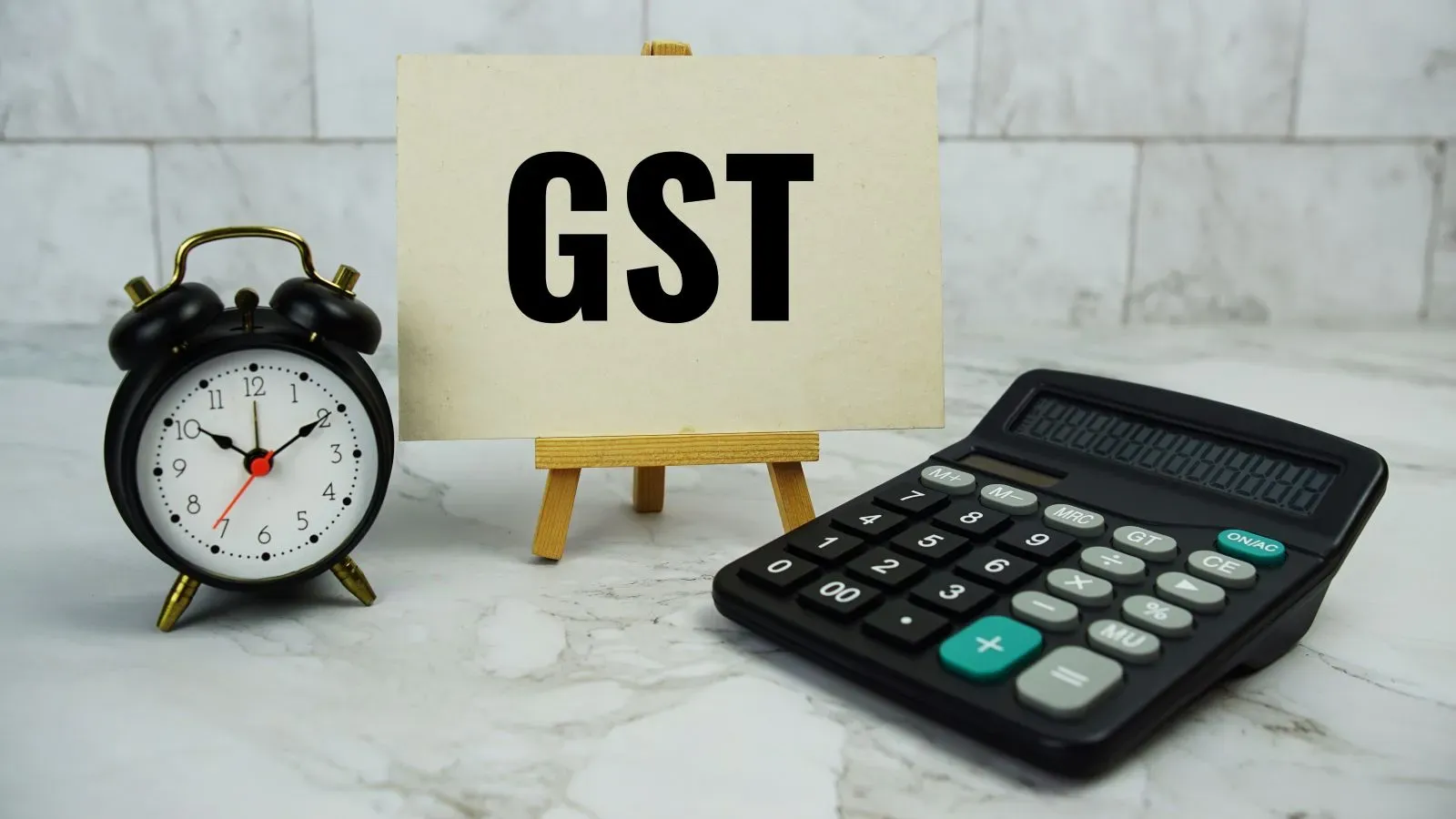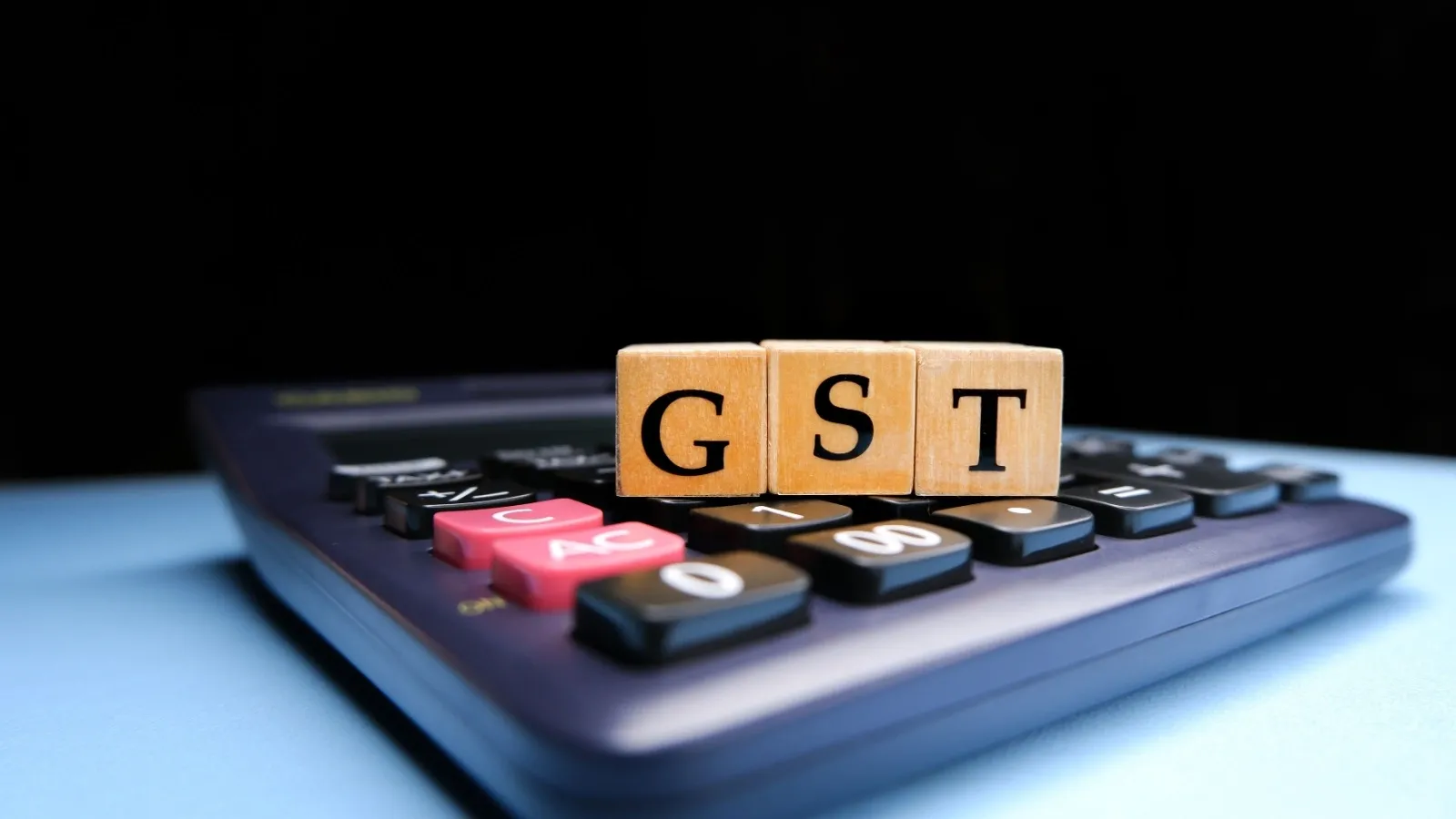Personal Finance News
New GST rates: Smoking will cost you more; here's why

5 min read | Updated on August 18, 2025, 19:22 IST
SUMMARY
Under the new GST regime, the centre is expected to announce a special GST rate of 40% for luxury and sin goods. The 40% tax may be charged only on seven items, including tobacco and tobacco products like gutka and pan masala.

Online gaming is also expected to be treated as a sin good and could attract the highest tax rate (40%).
This Diwali, tobacco products are expected to get costlier, with higher GST on luxury and sin goods. The central government is set to introduce GST reforms by Diwali this year, as announced by Prime Minister Narendra Modi on Independence Day 2025.
After the government increased the tax-free income threshold to ₹12 lakh in the Union Budget 2025, it is now gearing up to replace the current Goods and Services Tax (GST) regime with new GST rates and rules.
Presently, the GST tax rates are as follows: nil/zero on essential food items, 5% on daily use products, 12% on standard goods, 18% on electronics and services and 28% plus compensation cess on luxury and sin goods.
Under the new GST rules, these are expected to be replaced by just two tax slabs of 5% and 18%, and over 99% of items currently in the 12% slab will move to the 5% slab.
Further, a special 40% tax slab will be introduced for 5-7 luxury and sin goods.
Tax on luxury goods
Luxury goods are high-end and non-essential items that are consumed mostly by people with higher disposable income. For example: High-end cars, expensive watches and jewelry, large-screen TVs, yachts, private jets, etc.
In India, GST follows the principle of taxing goods based on necessity, which means that essentials attract a lower tax and a higher tax is imposed on luxury goods.
Tax on sin goods
Sin goods are products that are considered harmful to health or society. Along with high taxes, these goods also attract a compensation cess. For example: tobacco products, cigarettes, aerated drinks, etc.
- Alcohol is also a sin product, but does not fall under GST. It is taxed separately by states at very high rates.
- Compensation cess is an extra tax on certain luxury and sin goods (over and above GST), which is used to compensate states for GST revenue loss.
- Sin and luxury goods are also referred to as demerit goods.
The government imposes high taxes on them to discourage consumption. Some sin goods, like cigarettes, attract a compensation cess of up to 290%.
“Currently, aerated drinks containing added sugar attract the highest rate of 28% along with the Compensation Cess of 12%. Tobacco products attract 28% GST along with varying Compensation Cess rates ranging up to 290%. In addition, tobacco products also attract central duty over and above GST and Compensation Cess,” Minister of State (Finance), Pankaj Chaudhary, said in a written reply in Lok Sabha on August 18.
The World Health Organization (WHO), under its initiative 3 by 35 launched in July 2025, urged countries to increase taxes on sugary drinks, alcohol and tobacco by 50% over the next 10 years to reduce consumption.
“As per the ‘3 by 35 Initiative’ launched by the World Health Organization (WHO) in July 2025, countries have been urged to increase taxes on sugary drinks, alcohol, and tobacco by 50 % over the next 10 years to reduce consumption and to prevent related non-communicable diseases. GST rates are prescribed on the basis of the recommendations of the GST Council, which comprises members from the Union Government and state/UT governments. Alcohol for human consumption is under the purview of State governments,” the minister added in the reply.
How will GST reforms affect cigarettes?
Under the new GST regime, the centre is expected to announce a special GST rate of 40% for luxury and sin goods, as per a PTI report. The 40% tax may be charged only on seven items, including tobacco and tobacco products like gutka and pan masala.
So, smoking could get costlier for individuals, as tobacco products, along with other sin goods, will attract as much as 40% GST (and compensation cess, which sometimes goes up to 290% on cigarettes).
Further, online gaming is also expected to be treated as a sin good and could attract the highest tax rate (40%).
Other reforms
Apart from sin and luxury goods, many other changes are expected to be announced under GST 2.0 (new GST regime). Under the new rules, there could be just two tax rates of 5% and 18%. The biggest beneficiary could be items like ACs, TVs, fridges, washing machines and cement, as they may attract 18% (from 28% earlier).
Most items (99%) in the 12% category would also be shifted to the 5% slab, making standard goods cheaper for customers. Meanwhile, 90% of items currently being charged at 28% are expected to be moved to the 18% slab.
Further, services may continue to be charged at 18% (except for insurance), and high-labour-intensive and export-oriented sectors like diamonds and precious stones are also expected to have the same tax rate as before. However, the expected GST rate for automobiles is not clear yet.
Finance Minister Nirmala Sitharaman will attend the upcoming two-day meeting of the Group of Ministers (GoM) scheduled on August 20-21 to introduce the centre’s proposal for GST revamp. The GoM on GST rate rationalisation will deliberate on the government’s proposal.
If the proposal is accepted by the GoM, it would be placed before the GST Council, chaired by FM Sitharaman and comprising finance ministers from all states and UTs, in its meeting likely next month, a PTI report said on Monday, August 18.
Related News
By signing up you agree to Upstox’s Terms & Conditions
About The Author
Next Story


